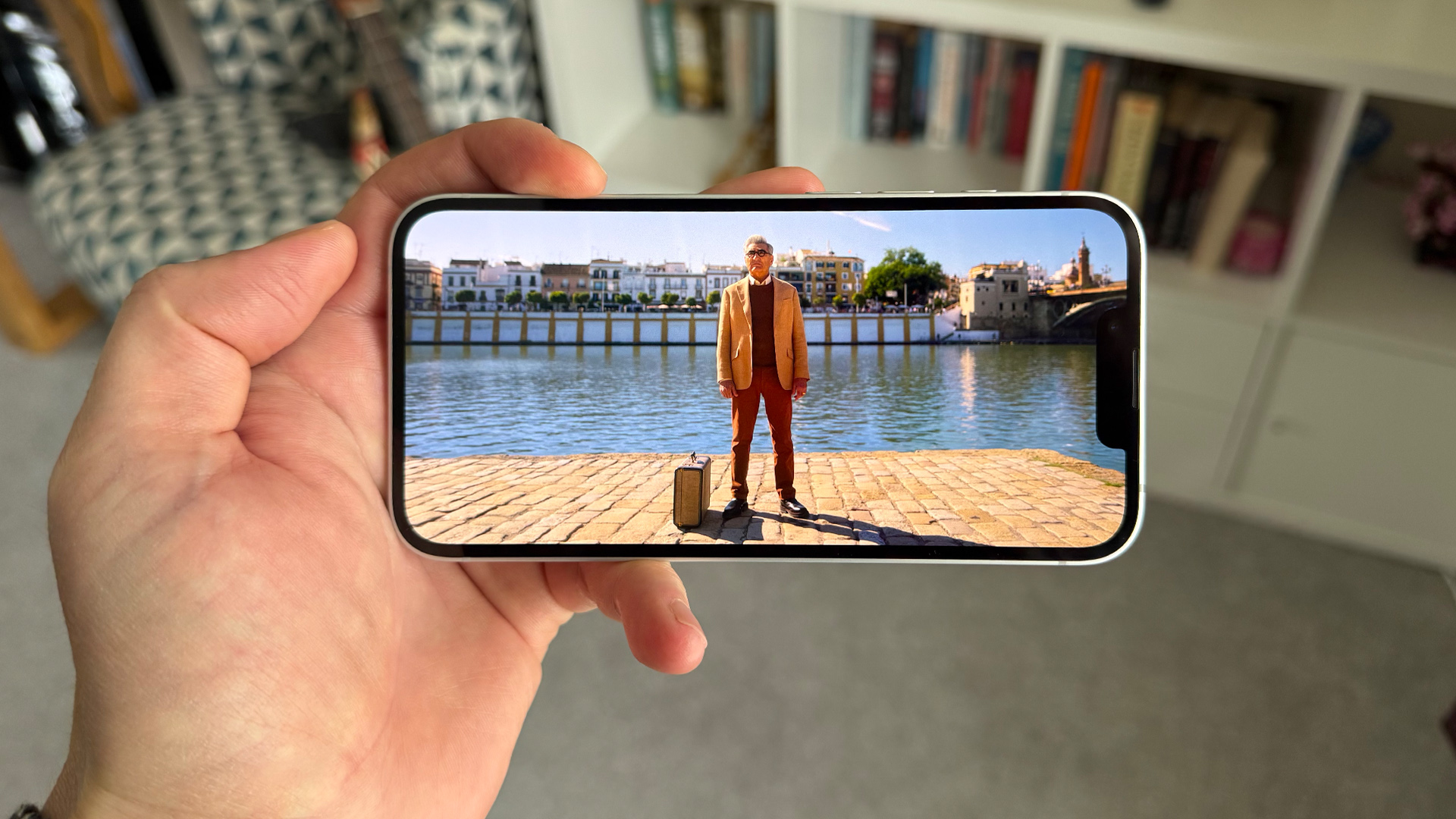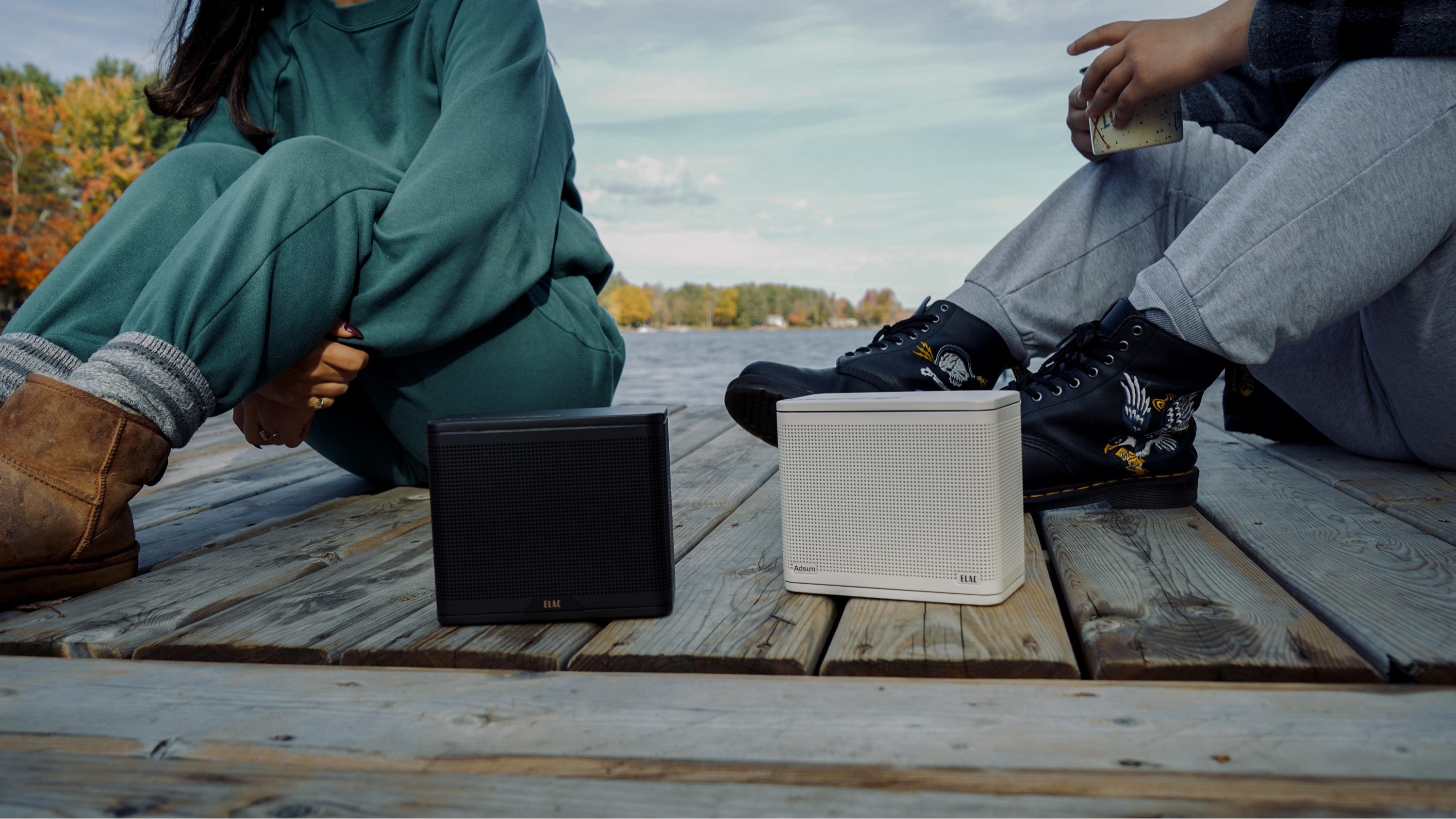What Hi-Fi? Verdict
Apple has compromised in all of the right places – the iPhone 16e is a real crowd-pleaser and quite exceptional value for money
Pros
- +
Large, sharp, punchy and vibrant screen
- +
Excellent cinematic balance
- +
Superb all-round sound via headphones
Cons
- -
Slight lack of shadow detail
- -
Not bright enough to punch through the brightest ambient light
- -
Not the best for low-light photography
Why you can trust What Hi-Fi?
The iPhone 16e marks quite the departure from Apple’s previous budget phones.
The last iPhone SE, which came out during the reign of the iPhone 13 series, had a smaller, lower-resolution screen than all of the ‘proper’ iPhones and was the only one without HDR. It had a shorter battery life, too.
It was still good for the money, but the iPhone SE rather gave off my-first-iPhone vibes, and it was a serious downgrade if watching movies was a priority.
The iPhone 16e is very different. It has an HDR OLED display that’s the same size as that of the iPhone 16, and with an identical pixel density. And battery life is, in fact, better than the iPhone 16’s.
Sacrifices have been made, of course, but they’re in all the right places if your priorities align with ours – and the performance bears that out.
Price
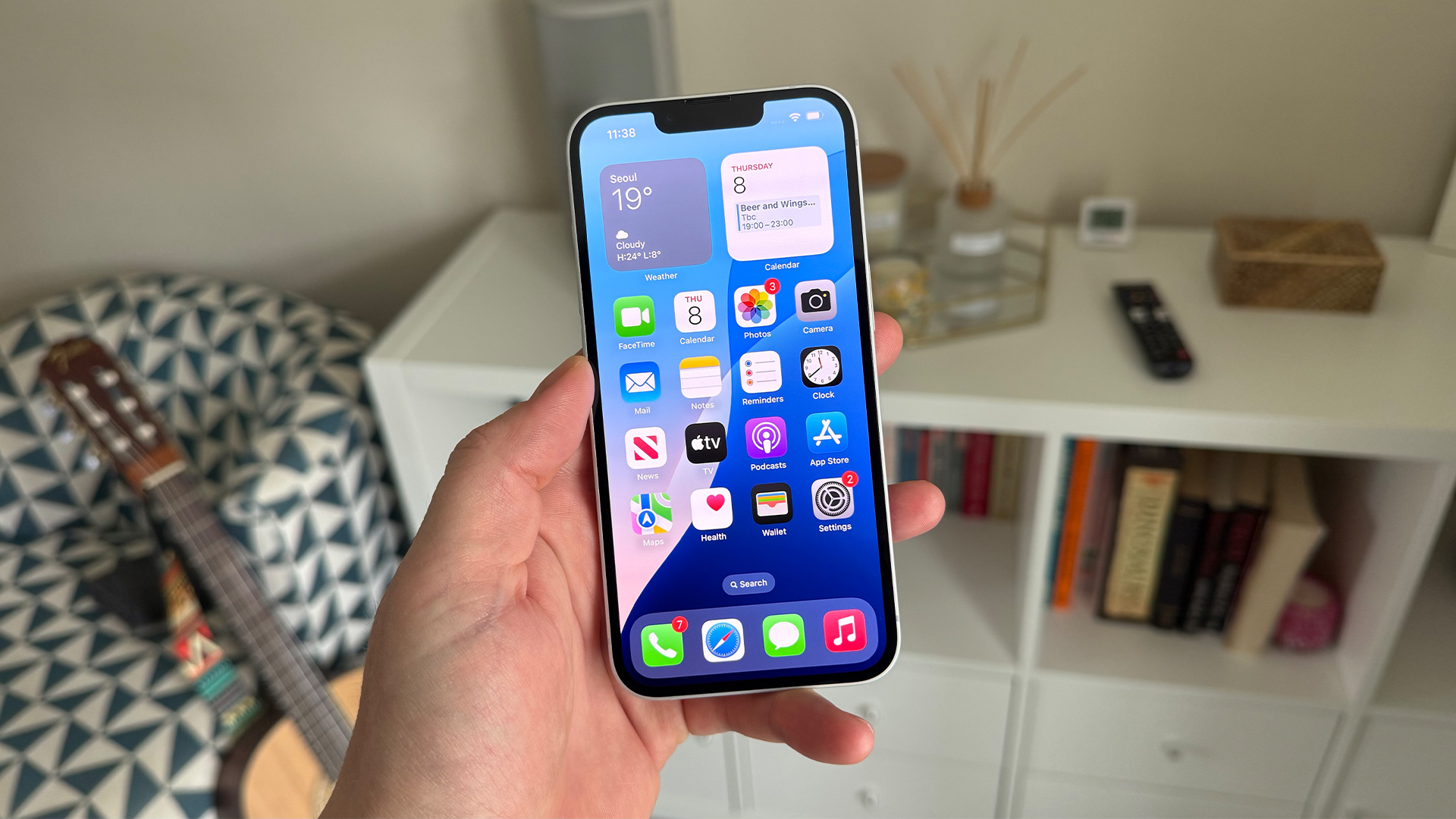
iPhone 16e prices start at £599 / $599 / AU$999. That gets you 128GB of internal storage, but 256GB (£699 / $699 / AU$1199) and 512GB (£899 / $899 / AU$1549) versions are also available.
Each version of the iPhone 16e is £200 / $200 / AU$400) cheaper than the equivalent iPhone 16.
The latest hi-fi, home cinema and tech news, reviews, buying advice and deals, direct to your inbox.
That pricing is rather unusual, in that it sits below the cheapest premium phones from other brands (there’s no Samsung Galaxy S25 at this level, for example) but doesn’t drift into the genuine cheap smartphone category in which you will find the Award-winning Sony Xperia 10 VI (£349 in the UK but not available in the US or Australia).
Design
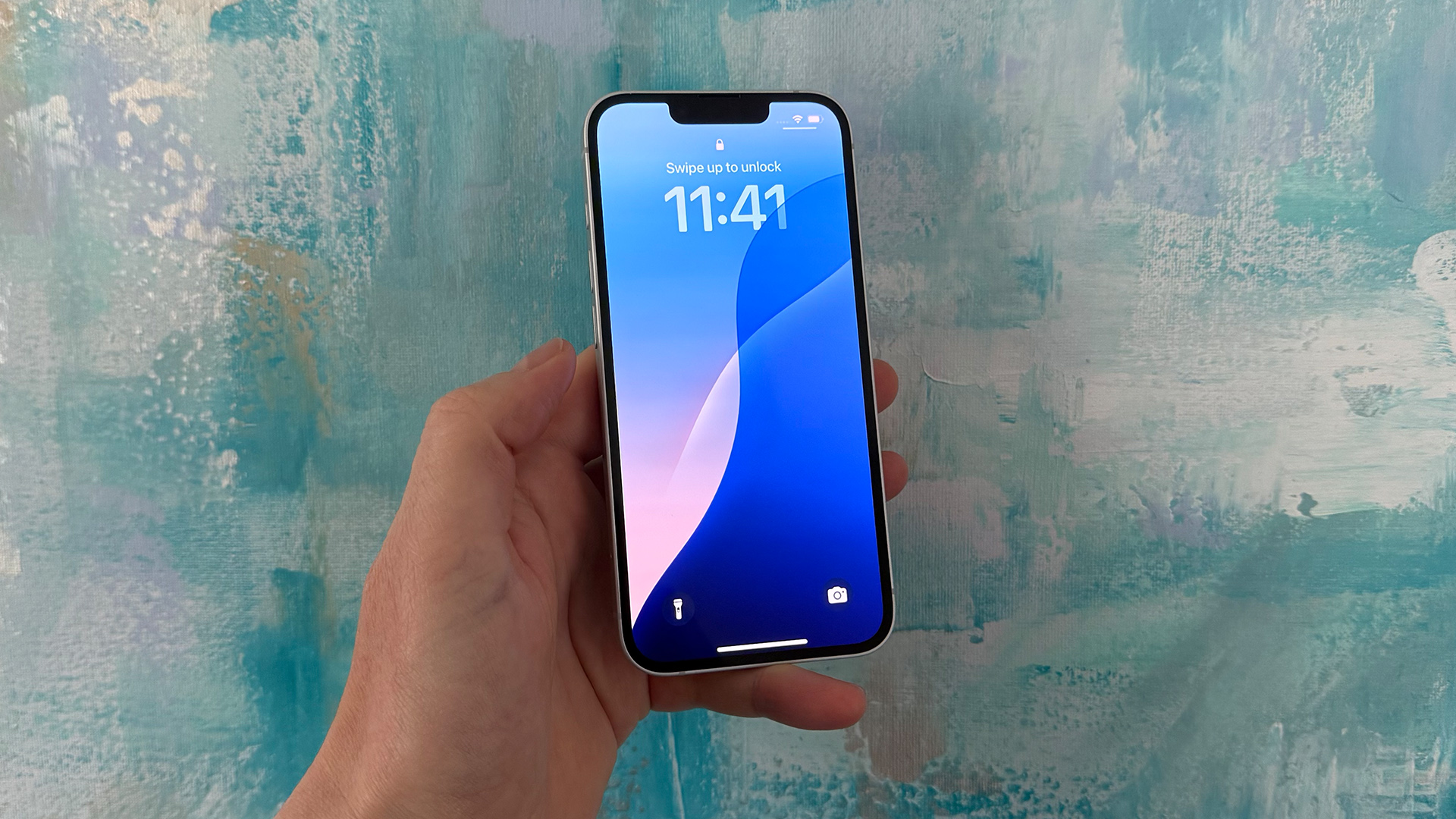
The 16e is immediately recognisable as a modern iPhone, but there are some obvious design differences between it and the standard iPhone 16.
The most obvious of these is the camera. We’re so used now to seeing bug-eye arrays of lenses on the back of our phones that the iPhone 16e’s single lens makes the rear of the phone look a bit naked.
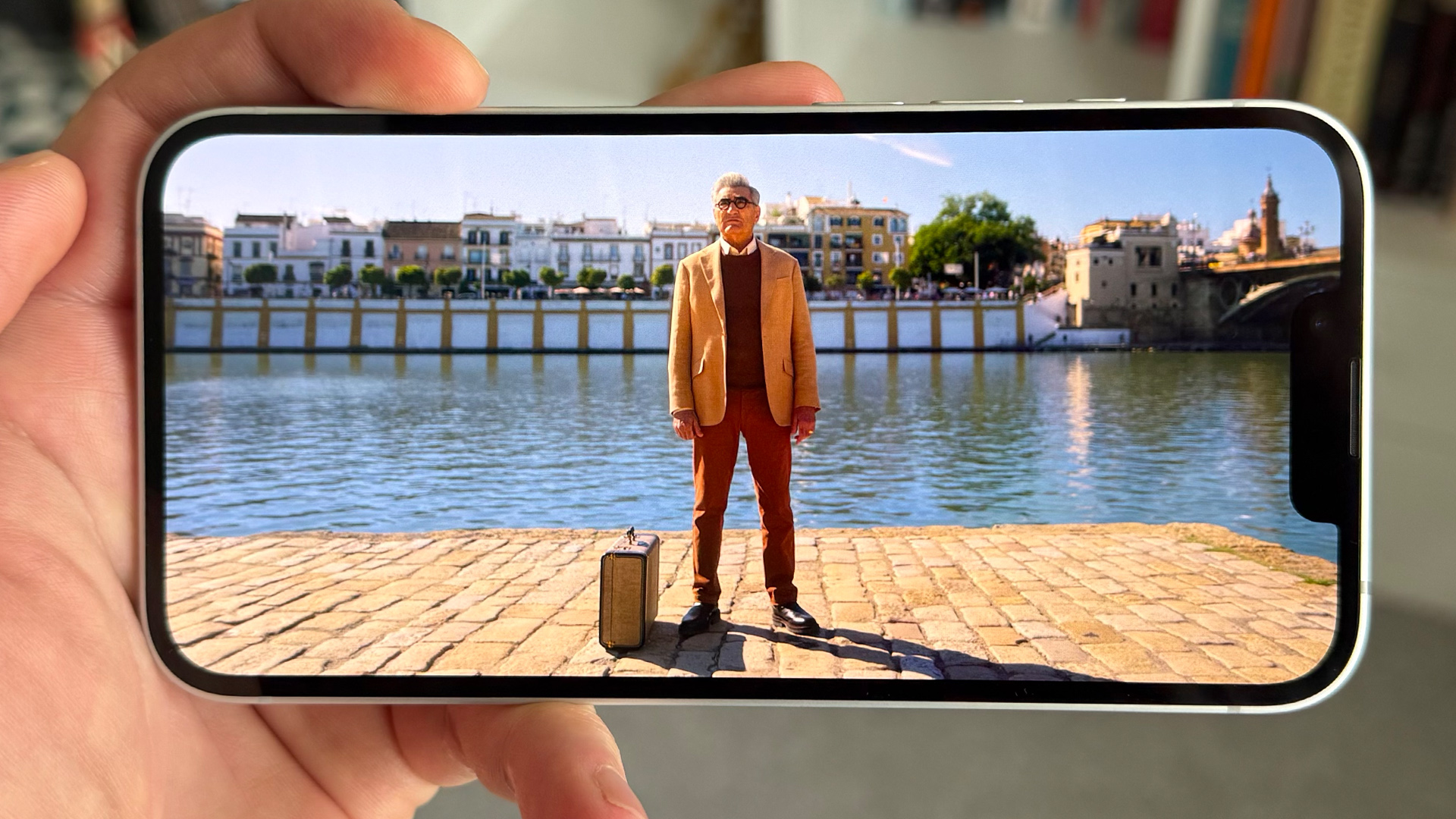
Screen size 6.1 inches
Type OLED
Resolution 2532 x 1170 (460 ppi)
Operating system iOS 18
Finishes x 2 (black, white)
Battery life 26hrs video, 90hrs audio
Dimensions (hwd) 147 x 72 x 7.8mm
Weight 167g
Capacity 128GB, 256GB, 512GB
That rear is glass, like the iPhone 16’s, but it isn’t ‘colour-infused’. In fact, the iPhone 16e isn’t available in any colours: you can only choose between black and white.
The phone’s surround is aluminium, again like the iPhone 16’s, but the finish is light silver regardless of whether the main body is black or white.
All told, our white sample looks really crisp and smart, and certainly far from cheap.
The front of the phone features Ceramic Shield technology, though seemingly of an older design than is used on the iPhone 16. The IP68 rating remains, however, and means the iPhone 16e is waterproof down to 1m for up to 30 minutes.
Given that the iPhone 16e’s screen is almost identical in size to that of the iPhone 16, it’s little surprise that the two phones are almost identical in terms of overall dimensions. The 16e is around a millimetre less tall than the 16 and a gnat’s whisker less wide, and there’s just 3g of difference in weight. Depth is an identical, and very svelte, 7.8mm.
Features
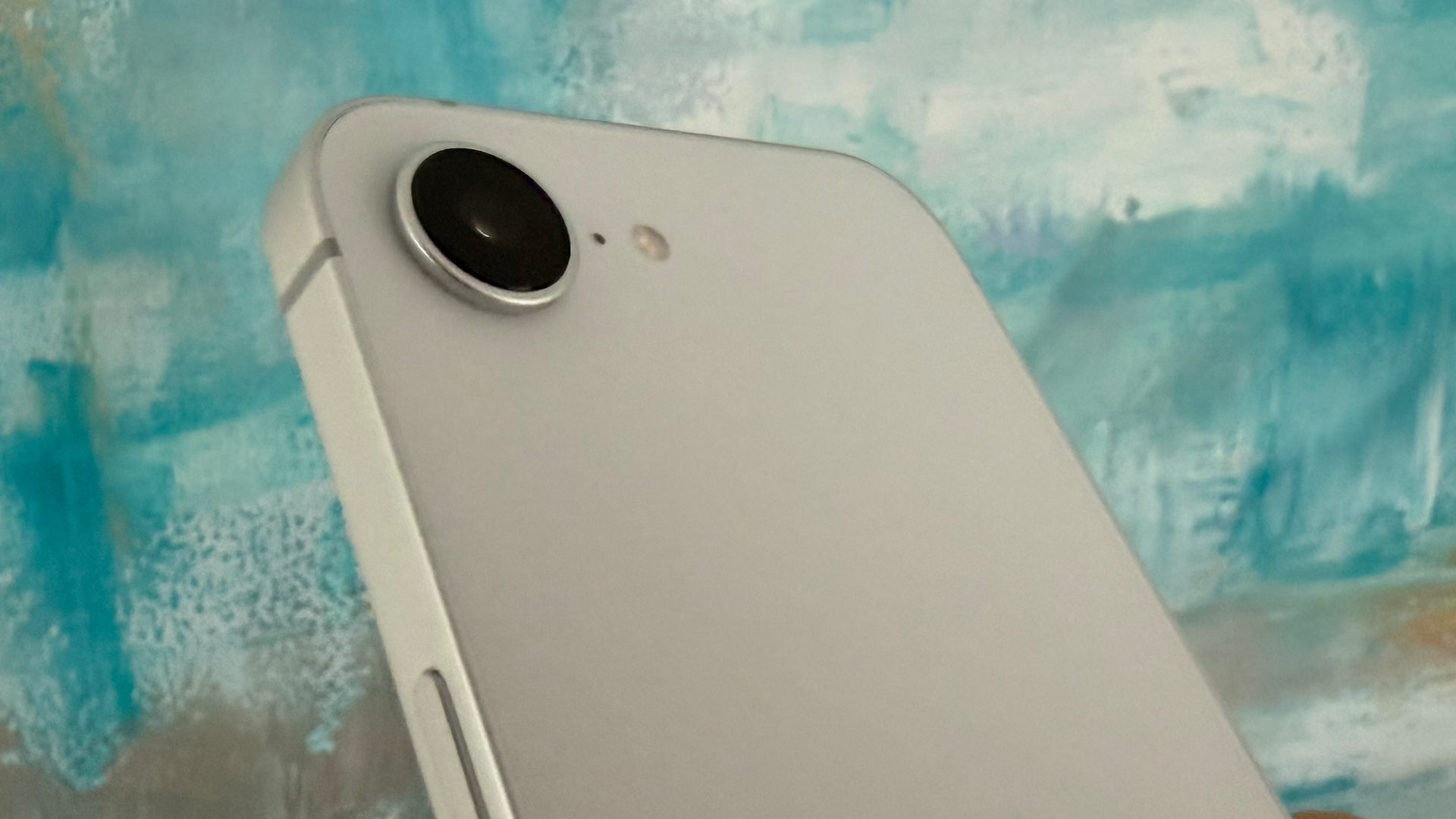
The iPhone 16e’s screen is a 6.1-inch OLED affair with a resolution of 2532 x 1170. That’s actually a few pixels shy of the iPhone 16’s 2556 x 1179 thanks to the slightly different profile of the phones’ corners, but side-by-side, the screens appear identical in size.
Pixel density is the same 460ppi (pixels per inch) and, like its more premium siblings, the iPhone 16e supports all four major HDR formats: HLG, HDR10, HDR10+ and Dolby Vision.
However, while the 16e has the same claimed contrast ratio of 2,000,000:1 as the other iPhone 16 models, its peak brightness is lower: 1200 nits in HDR compared with 1600 nits for the iPhone 16 and 16 Pro.
Also, unlike the other iPhone 16 models, the 16e isn’t able to further boost brightness in very bright, outdoor lighting. This is definitely something to bear in mind, and we’ll come back to it in the picture section.
The iPhone 16e’s screen also differs from those of the other iPhone 16 models in that it has an old-school notch rather than the Dynamic Island. Truthfully, while the Dynamic Island occasionally presents some neat contextual touches, such as teeny tiny album artwork when playing music, it doesn’t feel essential, and it’s no less intrusive than a notch when watching movies.
Powering the iPhone 16e is the same A18 chip that you’ll find in the iPhone 16 and iPhone 16 Pro, but while it has the same number of CPU cores (six) and Neural Engine cores (12), the iPhone 16e has four GPU cores compared with the iPhone 16’s five and 16 Pro’s six.
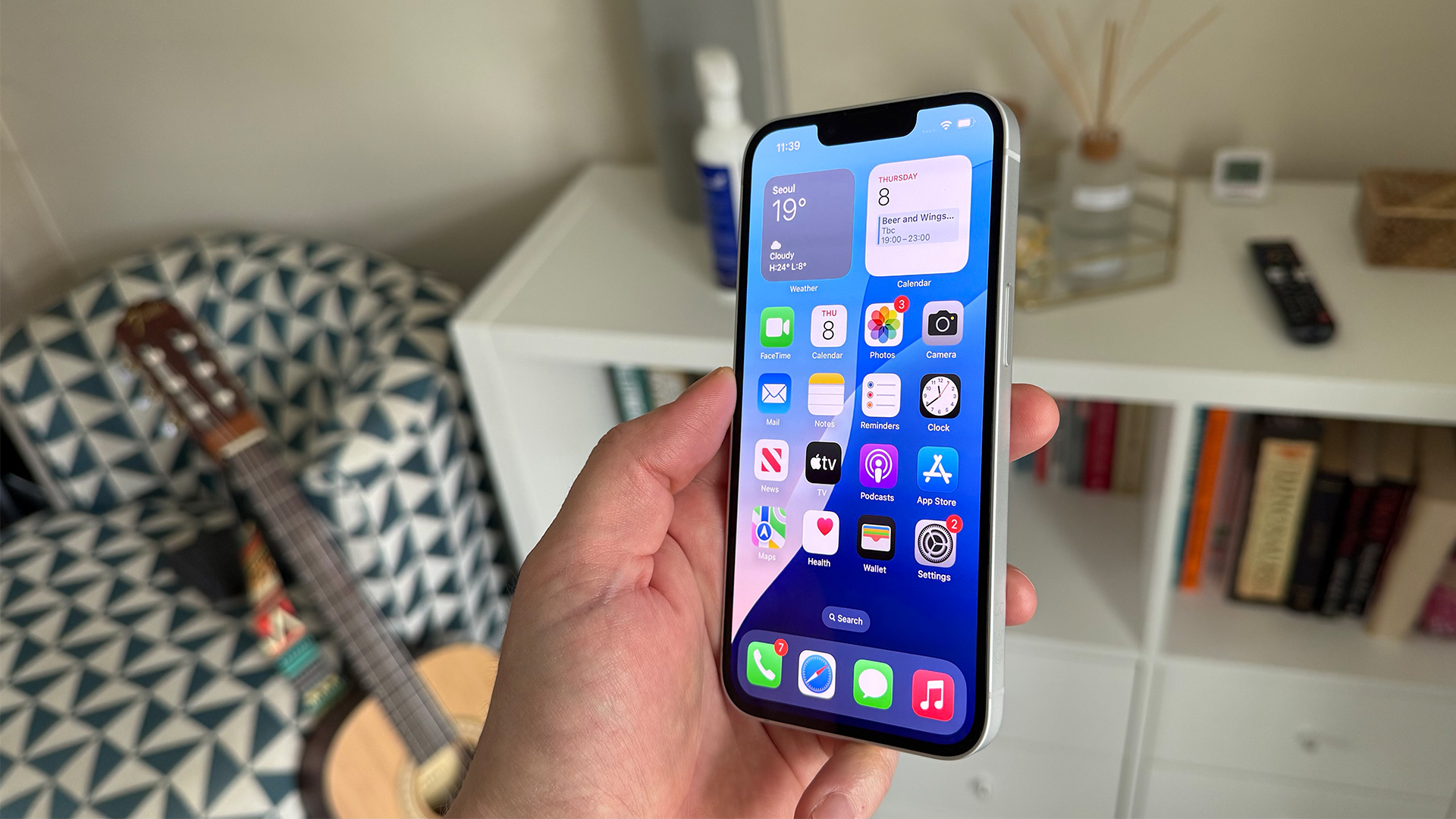
That ‘missing’ GPU core makes the iPhone 16e slightly less powerful when it comes to intense graphical challenges, but it has no trouble with any of the games we throw at it during testing. You’ll likely only feel the difference in games and apps that appear in the coming years, so how much this deficiency matters to you will really depend on how long you tend to keep your phones.
In day-to-day use, it’s the CPU that matters most, so it’s little surprise that we find the iPhone 16e performs just as snappily as the iPhone 16 when navigating the OS and switching apps.
As mentioned, the biggest, most obvious downgrade for the iPhone 16e is to the camera system, but it’s surprising how little difference this makes for much of the time.
While the 16e does without the 16’s 12MP ultrawide camera, it has the same 48MP ‘Fusion’ main camera, and most of the daylight shots we take using both phones during testing are exceptionally alike.
The iPhone 16 pulls out a little more shadow detail, but for general contrast, sharpness, detail and colours, all of the photos could have been taken by either phone.
The subjects of portrait shots are a little more softly defined by the iPhone 16e than the iPhone 16, which uses its ultrawide camera for increased depth recognition, but they still look lovely.
But it’s nighttime shots that are most different, with the 16e digging up way less information than the iPhone 16. It’s still more than good enough to document all of the sordid details of a night out, but if you’re serious about dark photography, the iPhone 16e might not be for you.
Ditto if you’re into snapping insects or flowers: without that Ultra Wide lens, the iPhone 16e doesn’t have a proper macro photography mode.
Picture

We start our picture testing with Alex Garland’s excellent Civil War in Dolby Vision from the Apple TV app, and the results are very much in line with what we’ve come to expect from Apple’s smartphones.
The picture is beautifully sharp, detailed and vibrant, just as this film is supposed to be. In the hugely tense scene in which the team of journalists crosses the path of an unhinged, racist militia member (played to chilling perfection by Jesse Plemons), the iPhone 16e does a great job of crisply defining the terrified characters against the lush, bright landscape behind them, and of revealing their fear and shock in the close-ups of their faces.
The red of the militiaman’s bizarre glasses is brilliantly vivid, and while it’s true that there’s a little red oversaturation in general when compared against the iPhone 16, the small amount of extra rosiness the iPhone 16e occasionally adds to skin tones isn’t unpleasant and never looks unnatural.
Switching to Alien: Romulus, again in Dolby Vision via the Apple TV app, we find to our surprise that the iPhone 16e is actually a little more strident in the depth of its blacks than the iPhone 16 is.
That makes for an even more solid and contrasty appearance, but it does come at a cost to shadow detail. When watching in a dimly lit room, the iPhone 16e still digs up plenty of picture information from the dark corridors of the Renaissance space station, but in a bright room, it can be a little hard to keep up with all of the action.
The iPhone 16’s ability to tap into greater brightness reserves allows it to punch through more ambient light, too, so if you regularly watch movies in very bright conditions, it’s marginally worth spending the extra money on the ‘proper’ iPhone.
In most conditions, though, the iPhone 16e is pretty much a match for its more expensive sibling, which means it delivers a really satisfying cinematic experience in a very portable package.
Sound
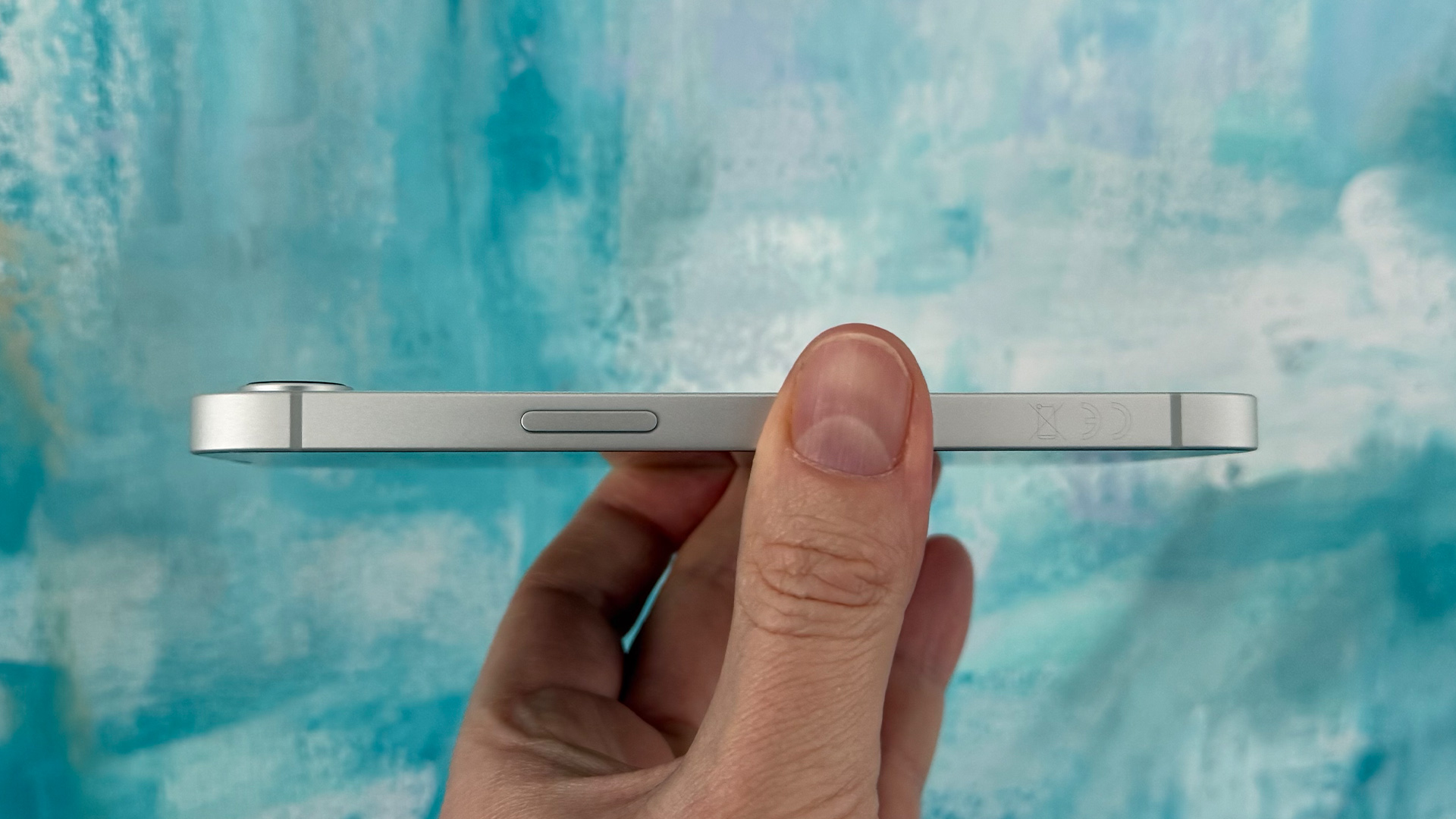
Apple barely talks about audio quality with any of its phones or tablets, yet it produces some of the best-sounding examples of those devices – and the iPhone 16e is no exception.
Using a pair of quality headphones (whether wireless or wired via a USB-C adapter), the sound is more or less identical to that of the iPhone 16. Which is to say rich and warm but not coloured, brilliantly punchy and rhythmic, and terrifically detailed and dynamic.
A couple of times during testing, for example with Trials of the Past by SBTRKT and Speaking Gently by Badbadnotgood, we get the faintest sense that the iPhone 16e is hitting the leading edge of notes a little more crisply than the iPhone 16 but that the latter has a little more volume to those notes, but we are talking exceptionally slim margins.
It’s a different story with the integrated speakers, which have definitely been downgraded for the iPhone 16e. The budget phone doesn’t go as loud as its more expensive siblings, and it’s significantly less weighty.
But while the iPhone 16e sounds a little lightweight compared to the best phones, it’s also detailed, energetic and fairly spacious, so it will more than do in a pinch.
Verdict
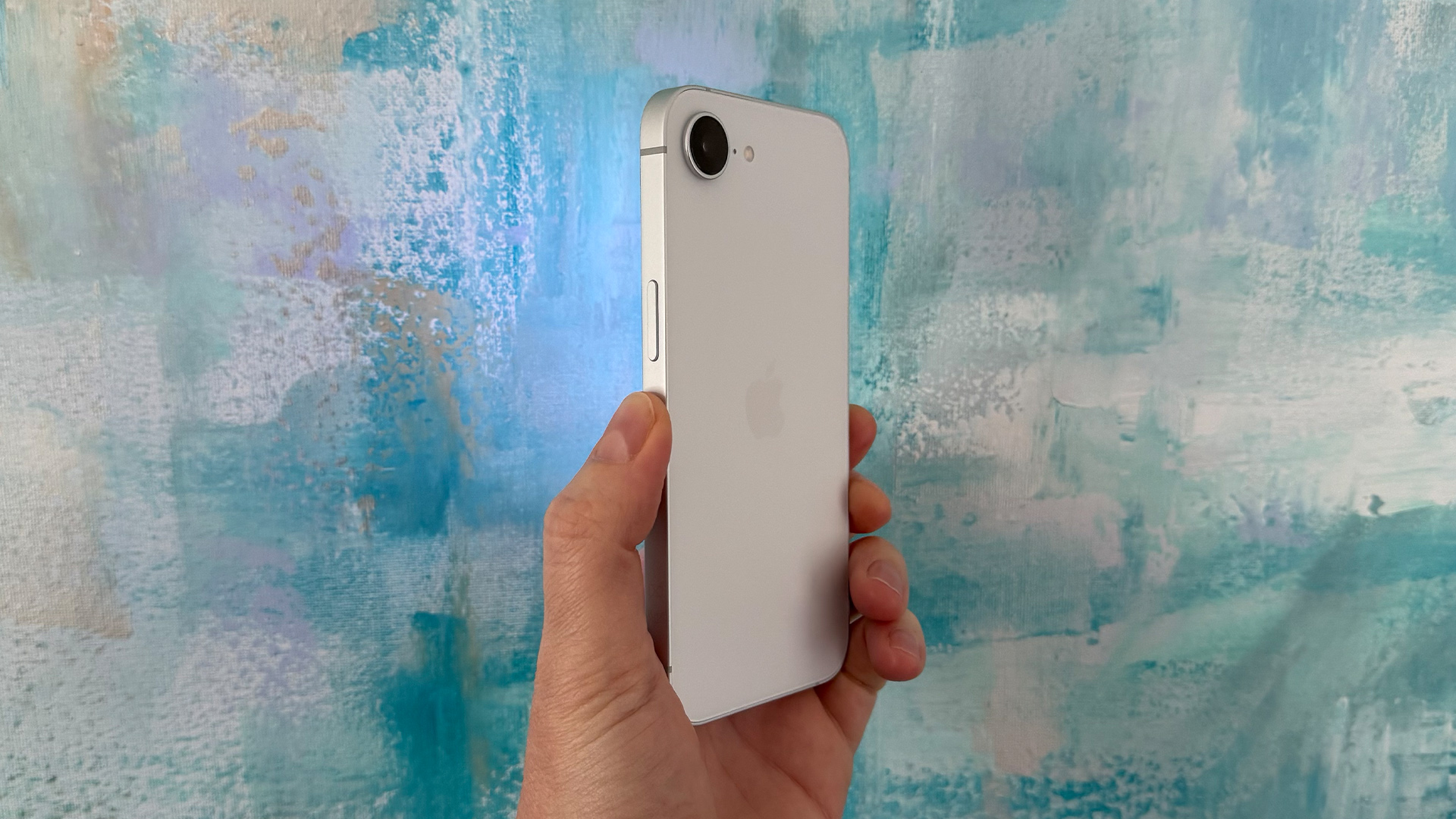
The iPhone 16e is a very different proposition to Apple’s SE phones of old. This is a phone that delivers most of the iPhone 16 ownership experience, particularly where picture and sound quality are concerned, for a healthy chunk of change less.
If you’re more than just a point-and-shoot photographer or you regularly watch movies in very bright sunlight, the iPhone 16 or 16 Pro are worth the extra outlay, but for most people, the iPhone 16e feels like all the phone they will need.
SCORES
- Picture 5
- Sound 5
- Features 5
MORE:
Read our review of the Apple iPhone 16
Also consider the Sony Xperia 10 VI
Best smartphones: the best phones for music and movies
Tom Parsons has been writing about TV, AV and hi-fi products (not to mention plenty of other 'gadgets' and even cars) for over 15 years. He began his career as What Hi-Fi?'s Staff Writer and is now the TV and AV Editor. In between, he worked as Reviews Editor and then Deputy Editor at Stuff, and over the years has had his work featured in publications such as T3, The Telegraph and Louder. He's also appeared on BBC News, BBC World Service, BBC Radio 4 and Sky Swipe. In his spare time Tom is a runner and gamer.
- Lewis EmpsonSenior Staff Writer
You must confirm your public display name before commenting
Please logout and then login again, you will then be prompted to enter your display name.
